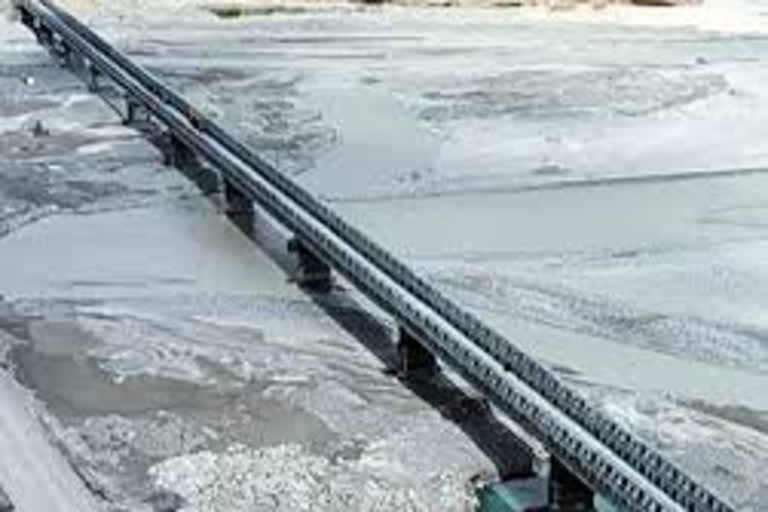New Delhi:The construction of a strategically important bridge over the Shyok river in eastern Ladakh was completed on Thursday amid the faceoff with China at the Line of Actual Control (LAC) in Galwan Valley.
The 60-metre bridge is around four kilometres east of the confluence of the Shyok and Galwan rivers, and links the narrow mountainous region to the Shyok-Daulat Beg Oldi road. The bridge is on the Shyok river very close to the Shyok-Galwan meeting point aligned North and South and will improve the movement of Indian troops in the region.
The Indian Army clarified that it is not on the track moving to Patrolling Point 14 at Galwan Valley where the clash took place.
The barbaric assault on June 15 on Indian soldiers at Patrolling Point 14 has left little scope to ease tensions between the two countries in the near future.
The tense situation at Galwan will be a prolonged one in all likelihood as India has lost 20 of its soldiers.
There is renewed anger in the Indian security establishment after it came to light that 10 Indian Army men, including two officers of the rank of Lieutenant Colonel and Major, were in Chinese Army captivity for three days and were only released on Thursday evening.
Actually, China has changed the status quo at four places in Eastern Ladakh to which India had objected. The four standoff points are Finger Four at North Bank of Pangong Lake, Patrolling Point 14 near Galwan Valley, Patrolling Point 15 and Patrolling Point 17.
At these four points, troop concentration has increased manifold as China changed the status quo.
